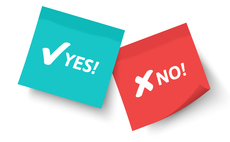Cisco's been threatening to move to software for years - and it just might have taken its first steps
Today, software dominates IT. It is present in almost every part of the industry, and most IT products are sold at least partly as software. Enterprise agreements (EAs) have become part and parc...
To continue reading this article...
Join Computing
- Unlimited access to real-time news, analysis and opinion from the technology industry
- Receive important and breaking news in our daily newsletter
- Be the first to hear about our events and awards programmes
- Join live member only interviews with IT leaders at the ‘IT Lounge’; your chance to ask your burning tech questions and have them answered
- Access to the Computing Delta hub providing market intelligence and research
- Receive our members-only newsletter with exclusive opinion pieces from senior IT Leaders























